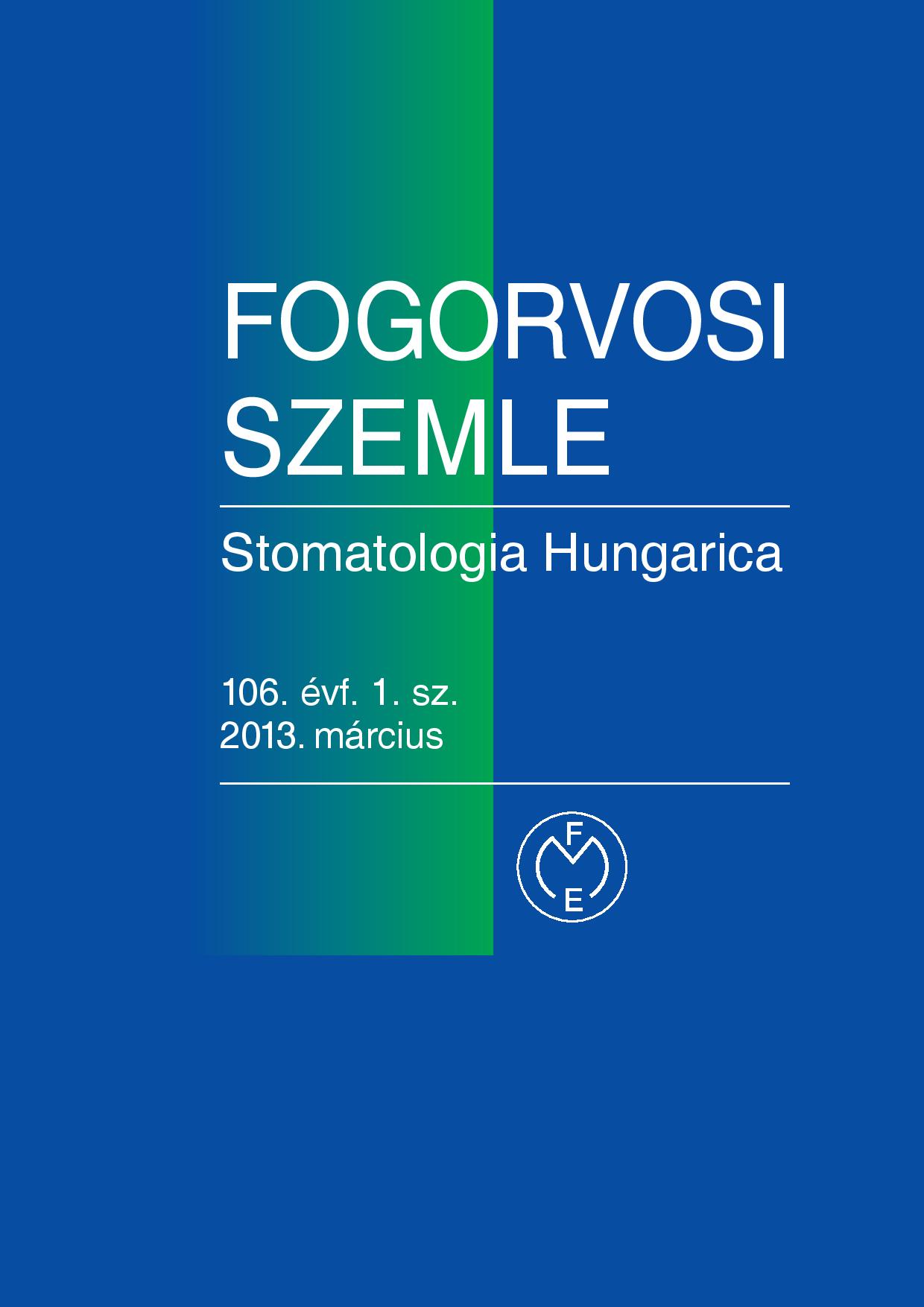Complex prosthetic rehabilitation of a patient with temporomandibular dysfunction
Case report
Abstract
There are varying opinions regarding the contribution of occlusal interferences to the development and progression of
temporomandibular dysfunction (TMD). Several studies have demonstrated that the use of occlusal adjustment might
prevent the development of TMD and the exacerbation of its symptoms. Since the aetiology of TMD is multiple, the
prosthodontic treatment cannot always be suffi cient, but tends to be effective in some cases.
The present article describes a case of a complex prosthetic rehabilitation of a patient with TMD that originates from her
previous prosthesis, resulting in reduced vertical dimension. Treatment included the registration of vertical and horizontal
dimensions of occlusion by gothic arch (arrow-point) tracing. Degrees of the mandibular movement were recorded
by digital axiograph (ARCUSdigma-KaVo) and transferred to a semi-adjustable articulator (KaVo Protar 5B). Appropriate
vertical and horizontal occlusal dimensions and individual mandibular movements were then transferred to the fi nal
prosthesis.
Copyright (c) 2021 Authors

This work is licensed under a Creative Commons Attribution 4.0 International License.


.png)




1.png)



